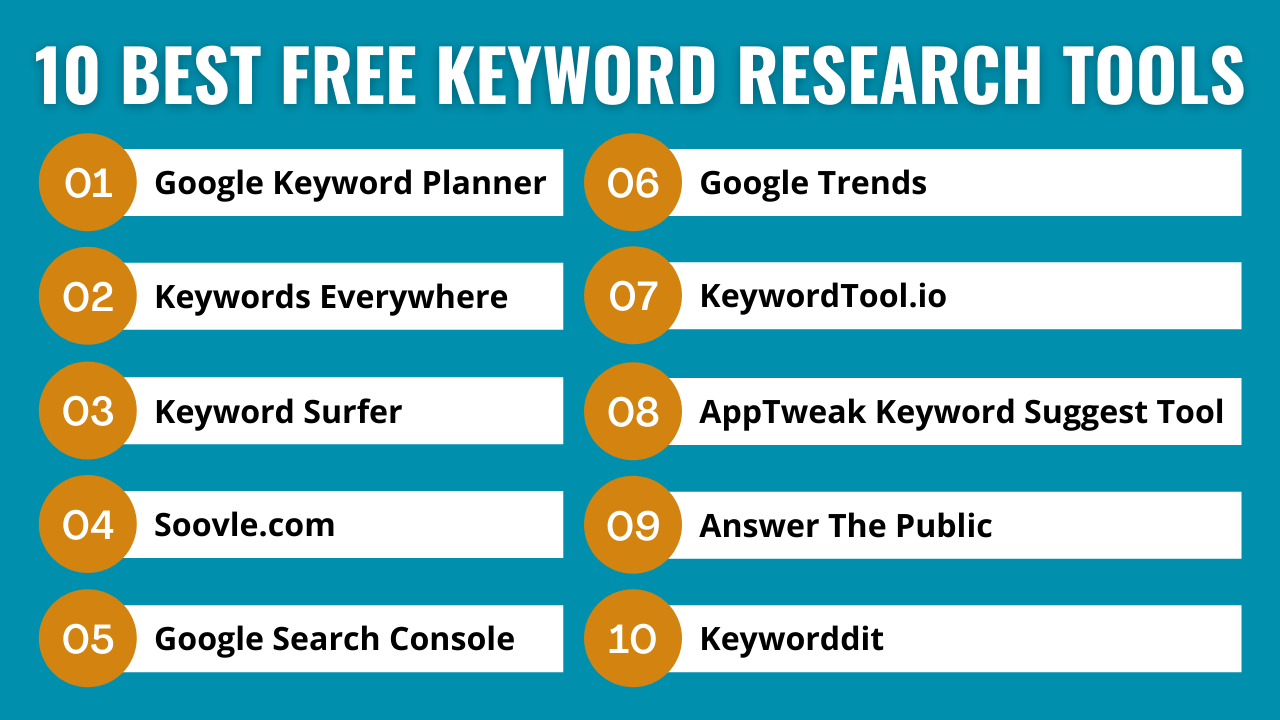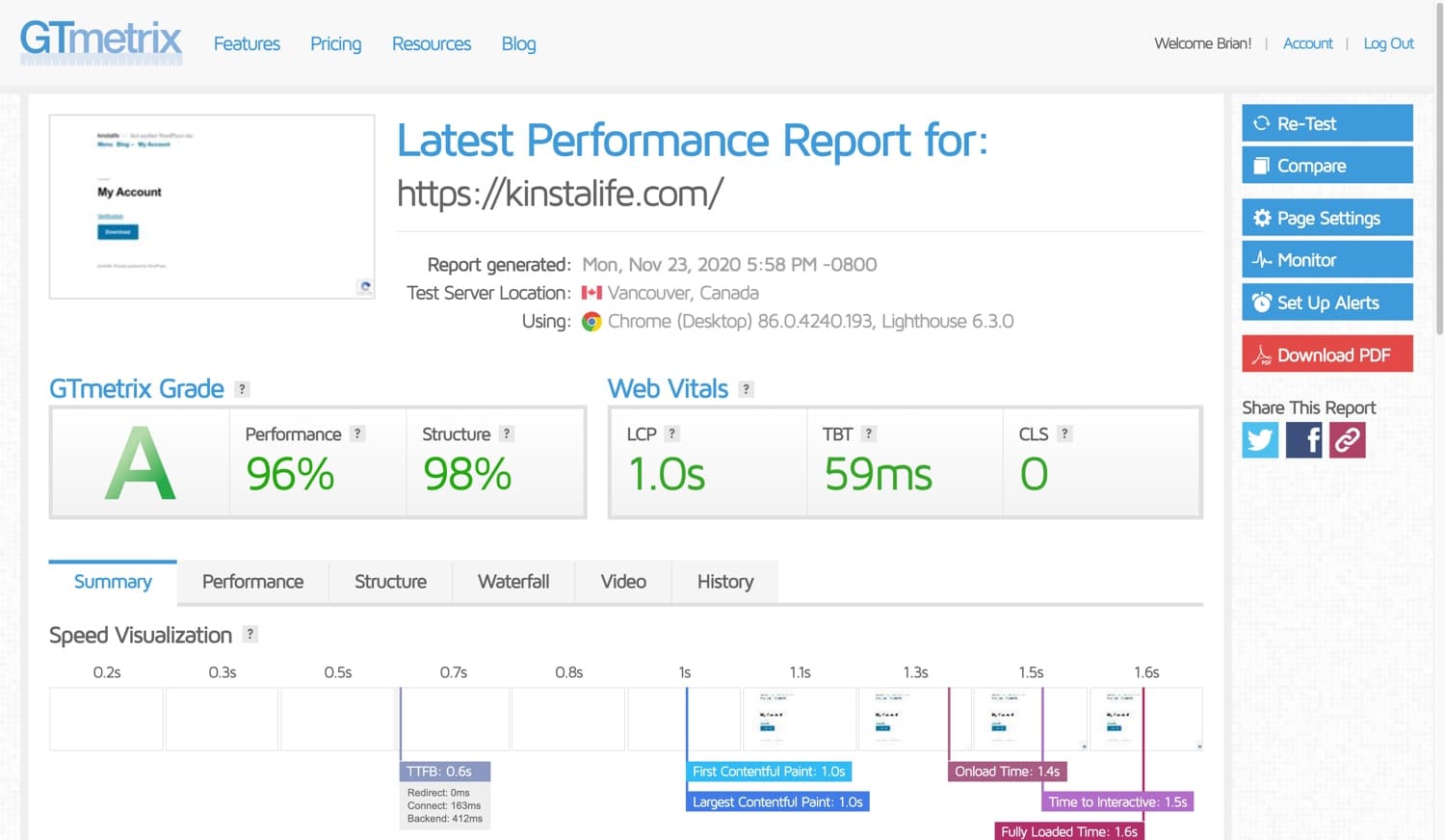Why Do I Need a Website? Here’s Why You Should Get One Now!
Mastering SEO: A Comprehensive Guide
SEO is crucial for your online success. It helps your website rank higher on search engines, driving organic traffic and increasing your online visibility. In this guide, we’ll delve into the world of SEO, covering everything from the basics to advanced strategies.
Chapter 1: Understanding SEO
SEO stands for Search Engine Optimization. It’s a set of techniques and practices aimed at improving a website’s visibility on search engines like Google. This makes it essential for driving organic traffic, which can lead to increased website authority, better user experience, and, ultimately, higher conversion rates.
1.1 Search Engine Optimization Basics
These basics involve several key components, such as on-page SEO, off-page SEO, and technical SEO. Each plays a unique role in enhancing a website’s search engine ranking.
1.2 Why Search Engine Optimization Matters
Effective Search Engine Optimization can lead to increased website traffic, better user experience, and higher conversions. This chapter will explain the significance of it for your online presence.

Understanding Search Engine Optimization is crucial for anyone who owns or manages a website. SEO is all about improving your website’s visibility on search engines, with the ultimate goal of increasing organic traffic. This involves optimizing various aspects of your website to rank higher in search engine results pages (SERPs). To succeed in SEO, it’s essential to grasp the fundamentals and recognize why it matters.
As mentioned earlier, SEO comprises several key components, and they work in unison to improve your website’s search engine ranking. These components include:
- On-Page SEO
- Off-Page SEO
- Technical SEO
In the following sections, we’ll dive deeper into each of these components, providing you with a comprehensive understanding of SEO.
Chapter 2: On-Page SEO
On-page SEO involves optimizing individual web pages to rank higher and earn more relevant traffic. It encompasses various strategies and elements you can implement directly on your website.
2.1 Keyword Research
Keyword research is the foundation of successful on-page SEO. Discover how to find the right keywords that your target audience is searching for.

Keyword research is a fundamental aspect of on-page SEO. It involves identifying and selecting the keywords that your target audience is using when searching for products, services, or information related to your website’s content. Choosing the right keywords can significantly impact your website’s visibility in search results.
When conducting keyword research, consider the following tips:
- Focus on relevance: Select keywords that are directly related to your content and are likely to attract the right audience.
- Consider search volume: Look for keywords that have a reasonable search volume, indicating that people are actively searching for those terms.
- Analyze competition: Evaluate the level of competition for each keyword. High competition may make it challenging to rank for certain terms.
Utilize keyword research tools to simplify this process. Tools like Google Keyword Planner, SEMrush, and Ahrefs can provide valuable insights into keyword search volume, competition, and related keyword suggestions.
2.2 Content Optimization
Learn how to optimize your content, including titles, headings, and meta descriptions to make it more appealing to both search engines and users.
Content optimization is a crucial on-page SEO practice. It involves fine-tuning various elements of your web pages to make them more search engine-friendly and user-friendly. By optimizing your content, you increase the chances of ranking higher in search results and attracting more organic traffic.
Here are some key aspects of content optimization:
- Title Tags: Craft engaging and descriptive title tags for each page. Include relevant keywords and keep them under 60 characters to ensure they display correctly in search results.
- Meta Descriptions: Write compelling meta descriptions that provide a concise summary of the page’s content. Including keywords and a call to action can enhance click-through rates.
- Heading Tags: Use heading tags (H1, H2, H3, etc.) to structure your content. Headings not only make your content more organized but also help search engines understand the hierarchy of information on your page.
- Keyword Placement: Integrate your target keywords naturally throughout your content, including in headings, subheadings, and the body text. Avoid keyword stuffing, which can lead to penalties from search engines.
Optimizing your content for both search engines and users is a delicate balance. You want your content to rank well, but it must also be valuable and engaging for your audience. High-quality content that addresses user needs will perform better in the long run.
Additionally, consider the importance of user experience in on-page SEO. This includes factors like page load times, mobile-friendliness, and the overall layout and design of your web pages. A positive user experience not only leads to better search engine rankings but also increases user engagement and conversion rates.
Chapter 3: Off-Page SEO
Off-page SEO focuses on improving your website’s authority and reputation by acquiring high-quality backlinks and mentions from other websites. It’s an essential part of SEO success.
3.1 Link Building
Discover various link-building strategies, including guest posting, outreach, and content marketing, to earn backlinks from reputable websites.

Link building is a critical aspect of off-page SEO. It involves acquiring links from other websites to your own, and these incoming links, often referred to as backlinks, can significantly impact your website’s search engine rankings. High-quality backlinks from reputable sources can improve your website’s authority and credibility in the eyes of search engines.
There are various strategies for building backlinks, including:
- Guest Posting: Writing articles for other websites within your niche and including a link back to your site in the author bio or content.
- Outreach: Reaching out to webmasters and bloggers to request backlinks or partnerships, often by offering valuable content or resources in return.
- Content Marketing: Creating high-quality content that naturally attracts backlinks from other websites in your industry.
Remember that the quality of backlinks is more important than quantity. High-authority and relevant backlinks are more valuable than numerous low-quality links. Be cautious about black-hat link building practices, as they can lead to penalties from search engines.
3.2 Social Signals
Understand the impact of social signals on your SEO efforts and how to leverage social media to improve your website’s online presence.
Social signals, such as likes, shares, and comments on social media platforms, can indirectly influence your website’s search engine rankings. While search engines like Google do not use social signals as a direct ranking factor, they can have a positive impact on your SEO efforts in several ways:
- Increased Visibility: Sharing your content on social media can expand its reach and potentially attract more visitors to your website.
- Enhanced Brand Authority: A strong social media presence can boost your brand’s credibility, which may indirectly impact how search engines perceive your website’s authority.
- Improved Engagement: Social engagement can lead to more comments, discussions, and interactions around your content, which can positively affect your website’s overall popularity.
Effective social media usage involves more than just sharing links. Engage with your audience, respond to comments, and provide valuable insights or content that resonates with your followers. Over time, this can contribute to a stronger online presence and, indirectly, better search engine rankings.
Chapter 4: Technical SEO
Technical SEO deals with the behind-the-scenes aspects of your website, such as site structure, page speed, and mobile-friendliness. These technical elements can significantly impact your search engine rankings.
4.1 Site Speed Optimization
Learn how to optimize your website’s speed, reduce loading times, and improve user experience, which can positively affect SEO.

Site speed optimization is a crucial technical SEO consideration. A slow-loading website can lead to a poor user experience and negatively impact your search engine rankings. Google considers page speed as one of its ranking factors, making it essential to ensure your site loads quickly and efficiently.
To optimize your website’s speed, consider the following strategies:
- Image Optimization: Compress and optimize images to reduce their file size without sacrificing quality.
- Minimize HTTP Requests: Reduce the number of requests required to load a page, such as scripts, stylesheets, and other resources.
- Caching: Implement browser caching to store frequently used resources locally, reducing load times for returning visitors.
Regularly test your website’s speed using tools like Google PageSpeed Insights or GTmetrix. These tools provide recommendations for improving your site’s performance and ensuring a faster, more user-friendly experience.
4.2 Mobile-Friendly Design
Mobile-friendliness is critical for SEO, as Google prioritizes mobile-responsive websites. This chapter explains how to make your website mobile-friendly.
In the modern digital landscape, mobile-friendliness is no longer an option—it’s a requirement. With the majority of internet users accessing websites on mobile devices, search engines like Google prioritize mobile-responsive websites in their rankings. Ensuring your website is mobile-friendly is crucial for SEO success.
To make your website mobile-friendly, consider the following best practices:
- Responsive Design: Implement a responsive web design that adapts to various screen sizes and orientations, ensuring an optimal user experience on mobile devices.
- Mobile-Optimized Content: Tailor your content for mobile users, using concise, scannable text and touch-friendly elements.
- Page Speed on Mobile: Prioritize mobile page speed optimization, as mobile users are often more sensitive to slow-loading pages.
Test your website’s mobile-friendliness using Google’s Mobile-Friendly Test tool to identify and address any issues. Remember that a mobile-friendly website not only improves SEO but also provides a better user experience, potentially leading to increased conversions and customer satisfaction.
SHARE ON
Help us spread the word!
Facebook
WhatsApp
Twitter
LinkedIn
Pinterest















